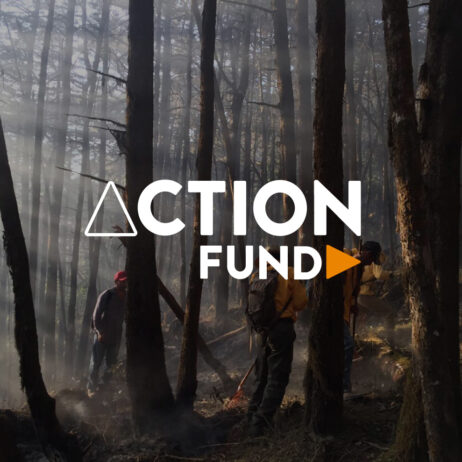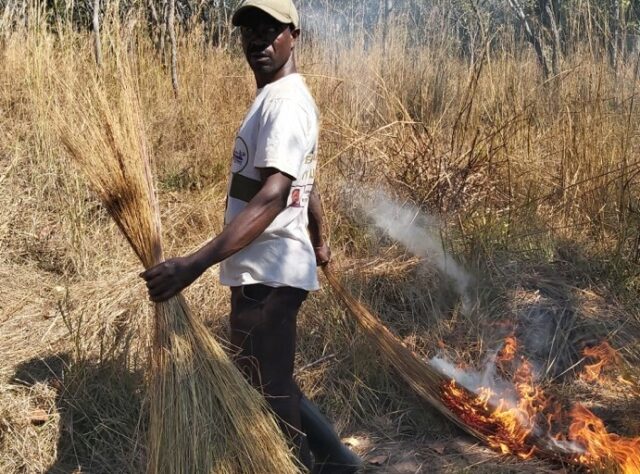
Wildfire Appeal launches to support rangers worldwide, we take you behind the scenes to discover how rangers at Zambia’s Kasanka National Park are gearing up for a tough fire season.
A sweeping landscape of bush and dry woodland, Kasanka is one of the important reserves we are targeting with our Wildfire Appeal – a £250,000 push to help fire-proof the critical habitats we support across the globe.
Set within central Zambia, the National Park is extremely vulnerable to fires, and the hot, windy days from August through to October can often make them impossible to control. Blazes are traditionally started by local communities, who use them to clear bush for agriculture, open areas for hunting and to encourage regeneration of grasses and tree foliage. Wildlife poachers to play a role – the illegal fires they set can be devastating for the patchy evergreen forests which occur throughout the landscape.
It is critical that these forests are protected, as they provide a home for around 10 million Straw-coloured Fruit Bats that migrate to the reserve every year. This spectacular sight – with this magnificent species filling the skies during the African spring – is a popular attraction for locals and tourists. Significant damage to the forest after a fire in 2016 took a toll on the migrating fruit bats, which use the habitat to rest after travelling thousands of kilometres.
Fortunately, rangers at Kasanka Trust Limited are doing everything they can to prevent wildfires and a rigorous fire management plan is currently being implemented to get ahead of the flames. Supported by World Land Trust (WLT), they are currently implementing a fire management plan – a roadmap including a 35km network of firebreaks around the most fire-prone areas.
So, what does fire prevention look like?
This first picture shows rangers creating firebreaks around the most sensitive areas in the park.

The following four pictures depict rangers conducting early burning before the woodlands have completely dried, leaving a mosaic of burned and unburned habitat that limits the spread and intensity of more damaging fires later in the dry season.
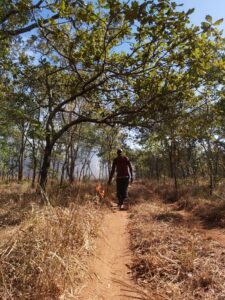
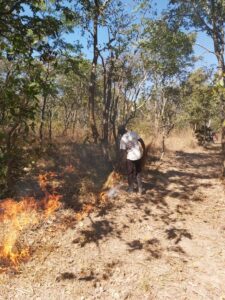

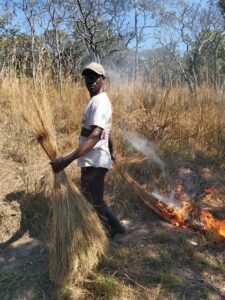
This last picture shows the results of controlled burning, a technique that aims to reduce the volumes of dry grass and undergrowth that can stoke intense fires later in the year.

Fighting fire with fire is a controversial conservation technique and may seem contradictory, but it is shown to be effective. Therefore, the Kasanka Trust is working with local communities within three newly established community Forest Management Areas around the park, in a bid to develop more sustainable burning practices that address both socio-economic and biodiversity conservation goals.
Zambia is one of many countries around the world approaching a challenging fire season this year. Our Wildfire Appeal will ensure that the reserves most at risk secure vital funding for anti-fire equipment and training.
Your support will allow others to prepare like Kasanka Trust is doing. Donate today and help us to act before it is too late.

